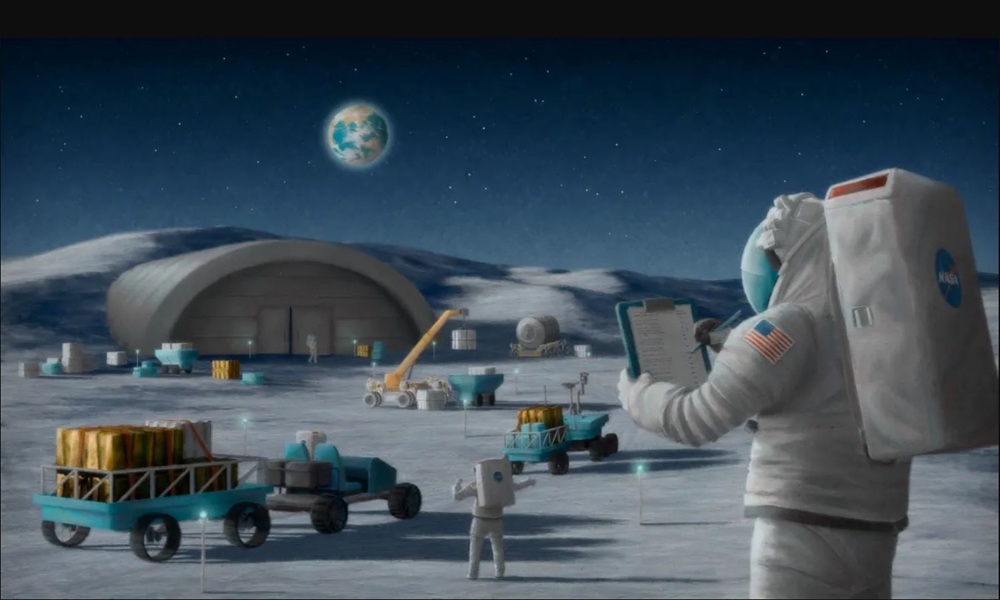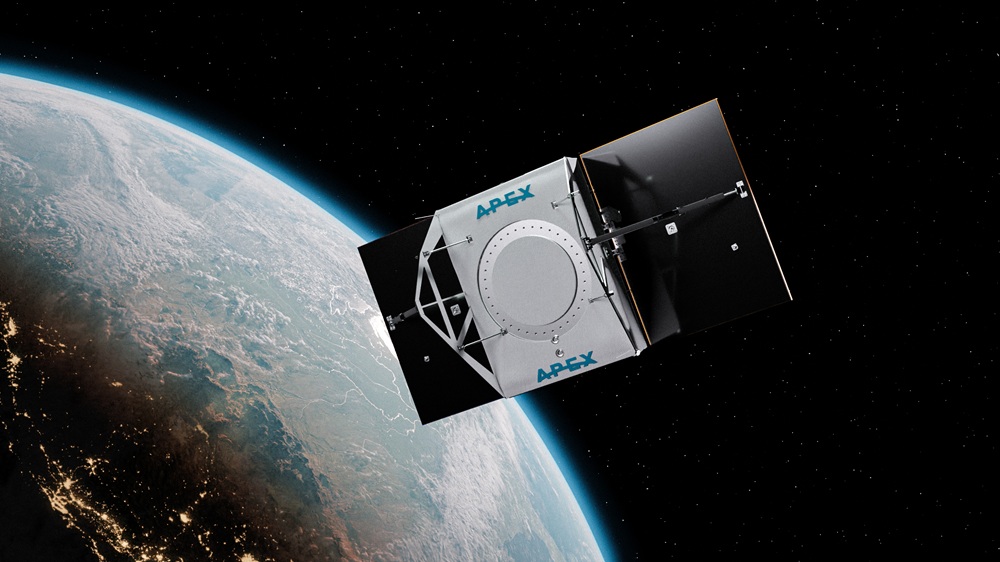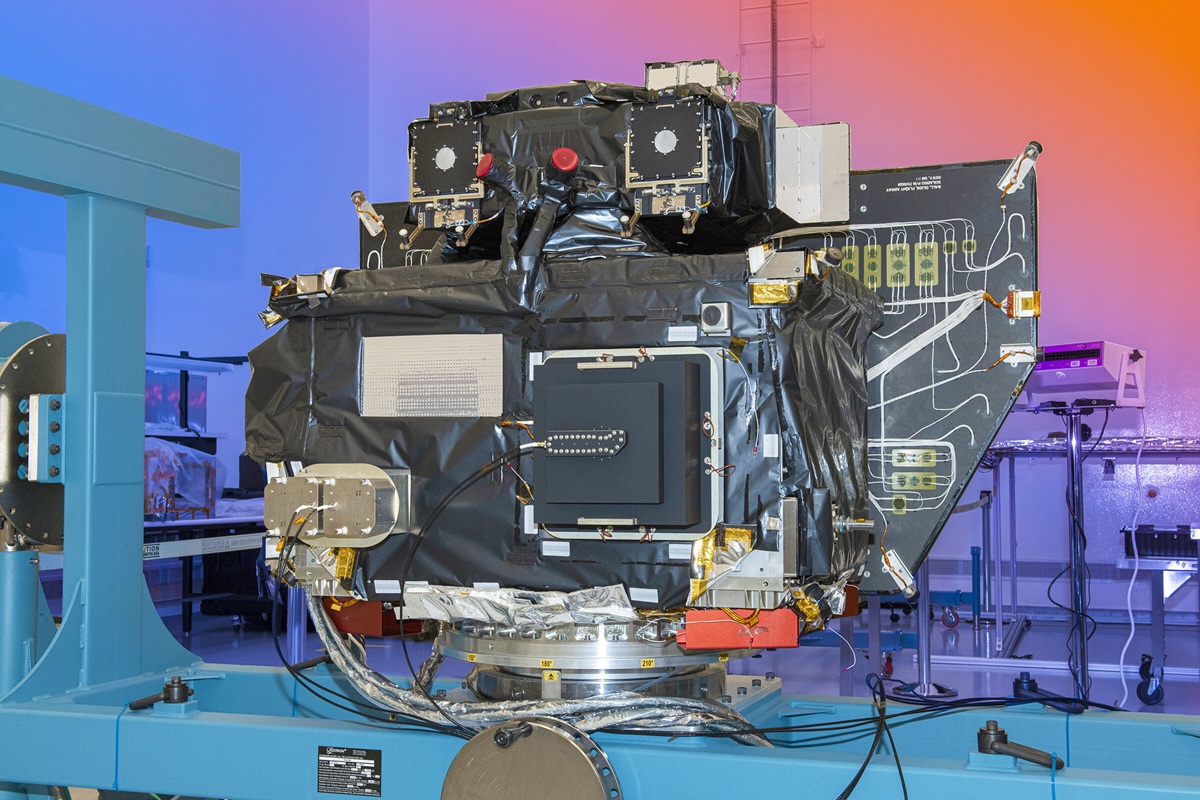LOUISVILLE, Colorado: Sierra Space, a commercial space company and defense technology prime contractor, has secured a pivotal contract from NASA to explore the application of its expandable space station technology on the lunar surface. This contract, awarded under NASA’s Next Space Technologies for Exploration Partnerships-2 (NextSTEP-2) Appendix R for Lunar Logistics and Mobility Studies, aims to develop innovative solutions that will enhance lunar surface logistics and mobility, supporting NASA’s broader Moon to Mars exploration architecture.
The contract places Sierra Space at the forefront of several critical lunar operational domains, including logistical carriers, cargo transfer, staging, storage and tracking, trash management, and integrated surface habitation strategies. Among the technologies under consideration is Sierra Space’s inflatable LIFE® habitat technology, which could be adapted for constructing tunnels around a lunar base. The company’s work will encompass the full integration of logistics and habitation frameworks essential for sustained human presence on the moon.
Dr. Tom Marshburn, Chief Astronaut and Vice President of Human Factors Engineering at Sierra Space, emphasized the adaptability of their expandable softgoods space station technology. “We believe our expandable softgoods space station technology can thrive in low-Earth orbit for commercial uses and for deep space exploration with NASA,” he said. “Sierra Space is able to leverage existing technologies to deliver robust and scalable solutions that support both near-term and long-term mission objectives on the moon. We’ve developed a versatile technology with our expandable habitation products that we feel supports NASA’s Moon to Mars goals.”
Sierra Space’s comprehensive approach—combining expandable habitats, advanced logistics and mobility solutions, and resource extraction technologies—aligns closely with NASA’s vision for a sustainable lunar presence as part of the Artemis program. The company’s efforts are integral to ensuring that lunar exploration transitions from short-term missions to long-term habitation and scientific discovery, paving the way for future crewed missions to Mars and beyond.
Sierra Space’s expertise extends deeply into NASA’s lunar exploration plans, having contributed to the analysis and design of lunar landers, rovers, habitats, and human landing systems. Their ongoing work supports providers of lunar terrain vehicles and pressurized rovers, all vital components in establishing a sustainable lunar architecture.
A recent milestone for Sierra Space was the completion of hypervelocity impact trials at NASA’s White Sands Test Facility in New Mexico. These tests simulated micrometeoroid and orbital debris impacts on the LIFE habitat’s outer shield using NASA’s .50 caliber two-stage light gas gun, validating the structural integrity of the expandable habitat technology for orbital use.
The NASA NextSTEP-2 Appendix R contract, awarded in January 2025, is part of a broader $24 million initiative involving multiple industry leaders to address gaps in lunar surface logistics and uncrewed mobility systems. NASA’s Moon to Mars Architecture, which outlines the framework for long-term human exploration beyond Earth, identifies the need for integrated logistics solutions and autonomous surface mobility to support sustained lunar operations.
Sierra Space’s role includes developing concepts for logistics carriers of various sizes, cargo handling and offloading, transfer of cargo to pressurized volumes, and comprehensive staging, storage, and tracking systems. The company is also tasked with innovating trash management solutions to enhance mission sustainability and crew efficiency, as well as integrating these capabilities into a cohesive lunar surface logistics strategy.
This contract complements Sierra Space’s ongoing advancements in space habitat technology. The company recently completed a second successful full-scale Ultimate Burst Pressure test of its inflatable space station structure at NASA’s Marshall Space Flight Center. The test article, comparable in volume to one-third of the International Space Station, exceeded NASA’s safety requirements by 22%, underscoring the robustness of Sierra Space’s expandable habitat design. These results accelerate the company’s path toward flight certification and scalability for large-volume habitats, critical for future space stations and lunar bases.
Beyond habitat technology, Sierra Space is pioneering in-situ resource utilization technologies vital for lunar sustainability. In September 2024, the company announced the successful thermal vacuum testing of its proprietary Carbothermal Oxygen Production Reactor at NASA’s Johnson Space Center. This system demonstrated the ability to extract oxygen from simulated lunar soil (regolith) autonomously in a lunar-like environment, marking a historic first. The technology operates across extreme temperature ranges and handles abrasive regolith particles effectively, achieving Technology Readiness Level Six (TRL-6), positioning it for inclusion in upcoming lunar missions.





